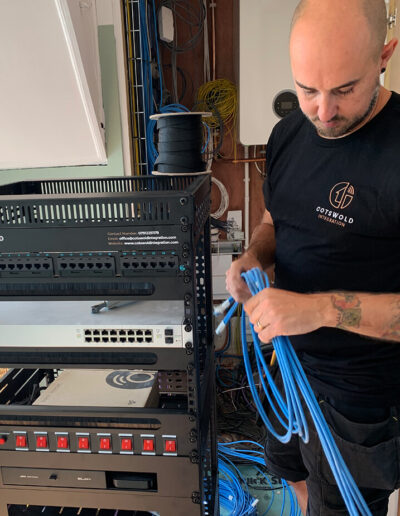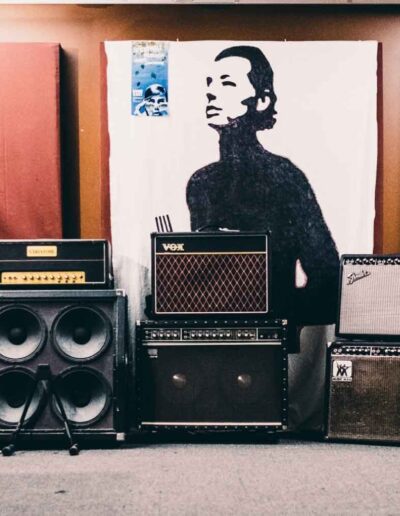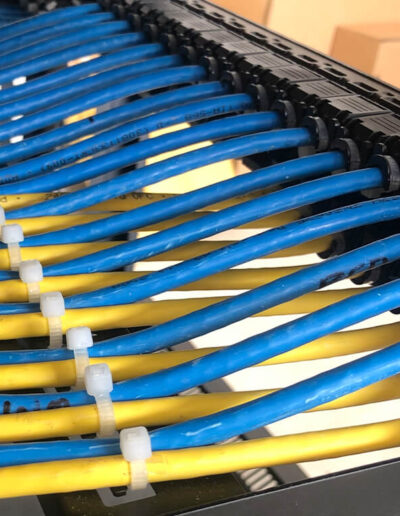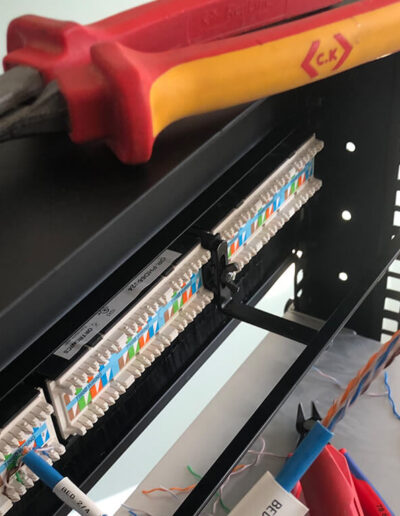Home Networks
Home Networks
A good internet connection and full wifi coverage around a home, is now an essential part of life. With an ever-increasing amount of devices around the home requiring connection to the internet to stream music or video, to update its software or to ask it “What the weather is going to be like today?” There are also an increasing amount of ‘smart homes’ being built, with automated lighting, heating, security etc, all these homes rely on stable and reliable home network and wifi coverage to avoid the dreaded spinning wheel or delay in devices working properly.
FAQS
What internet connections are there?
- Broadband – Typically over the phone line – Slowest speeds (up to 50mbs)
- Fibre to the cabinet (FTTC) and then coaxial to the property (Virgin Media) – Mid range speeds (up to 150mbs)
- Fibre to the property (FTTP) – Fastest speeds (typically over 750mbs)
- Starlink – newest provider, a set of satellites orbiting the earth – typical speeds of around 50-100mbs
What types of home network are there?
- Wired – where data cabling is wired from a central position out to the various devices, including strategically positioned wifi access points (antennae’s).
- Wireless – using a mesh style system. This is where wifi access points are strategically positioned around the property, plugged into mains sockets. They wirelessly send the wifi signal around themselves and the various devices in your home.
Wired vs wireless networks?
- Wired networks are generally more stable and more reliable
- Wireless networks are normally less disruptive and quicker to install set up
- Wired networks are faster and more secure
- Wireless networks are easier to add to as there are limited or no cables present.
Free Quotations
Get in touch and let us know how we can help







